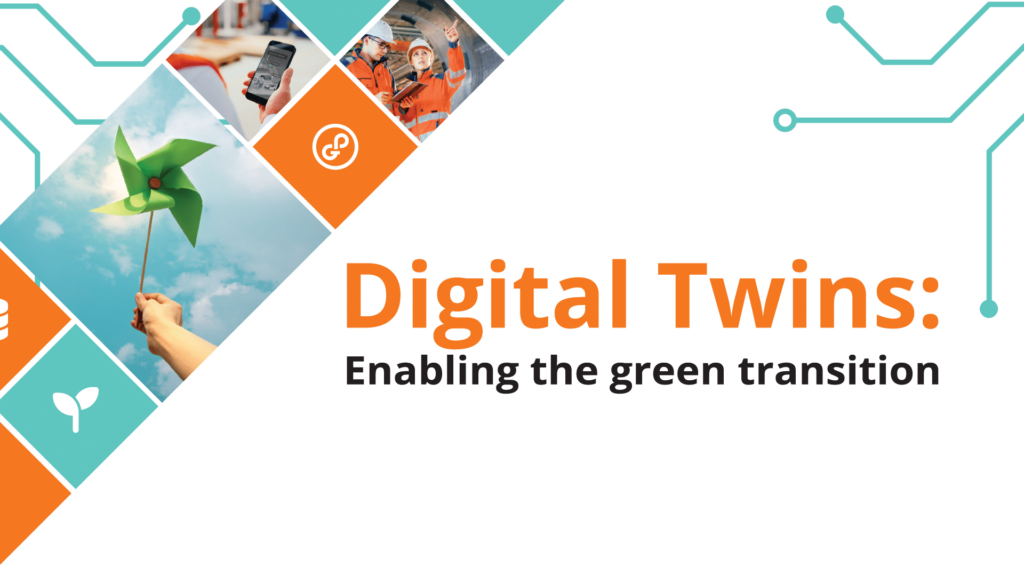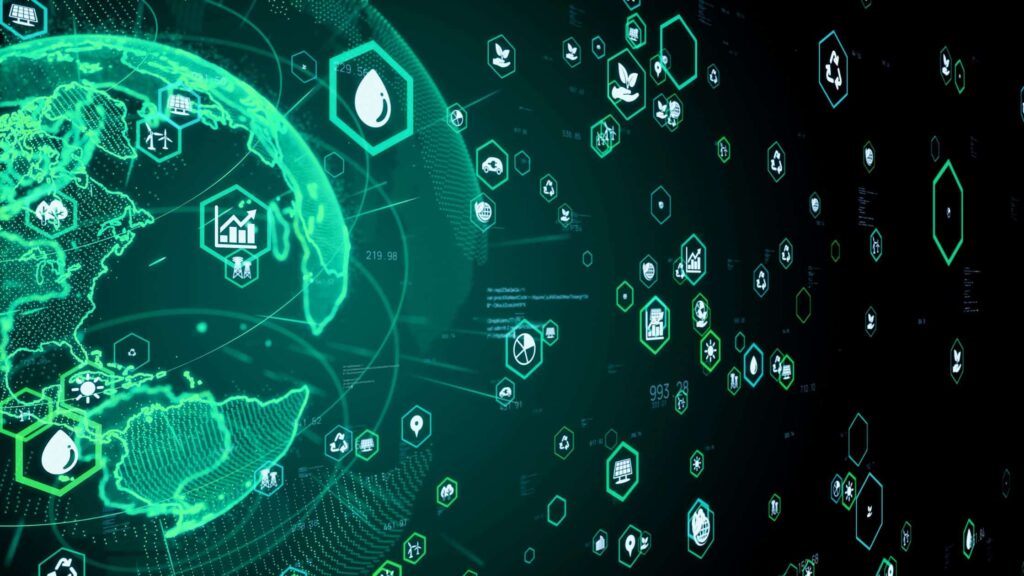Digital twin enabling the green transition
Process Genius CEO Jani Akkila and Director of Enterprise Sales Martti Mäkinen will speak at Technology 23 on 8 November. The dialogue discusses tigital twin as an enabler of the green transition. This article outlines the topics that will be discussed during the talk. Get a head start with this article and join us at the fair to find out more!

Green transition: environmental and economic well-being
The green transition is a process of transforming economies and societies towards more sustainable and environmentally friendly practices. The aim of the green transition is to reduce the negative impacts of human activities on nature and the climate, while ensuring social and economic well-being. Key aspects of the green transition include:

The digital twin can help boost production and maintenance efficiency and innovation
A digital twin is a virtual representation of a physical object, system or process that can be used to simulate, monitor, optimize or control its real-world counterpart. It is a data source that collects and updates information from sensors, devices or other sources that measure the status and performance of a physical entity. It is also data analysis that applies algorithms, artificial intelligence or other methods to process and interpret data and generate insights, predictions or recommendations.
A better level of planning and forecasting can be achieved through the platform. It helps to test and validate different scenarios and configurations before implementing them in the real world. This reduces costs, risks and errors. Foresight also helps to achieve more efficient operation and maintenance.
Monitoring deviations and errors, taking proactive solutions and observing process performance and efficiency in real time is possible with the digital twin. It also helps to explore new opportunities and areas for improvement, and to create new value propositions and business models through innovation and learning.
Get results based on full situational awareness
The digital twin is a powerful tool that can help enable the green transition by providing a holistic view of the environmental impacts and benefits of products and services. With the digital twin, industrial companies can achieve:
The digital twin can thus contribute to achieving the goal of the green transition to a more sustainable and environmentally friendly economy and society.
Want to learn more? Join us at the Technology 23 fair on 8th of November at 12.40pm, when Process Genius takes over the Tivia stage in Hall 6. Welcome!